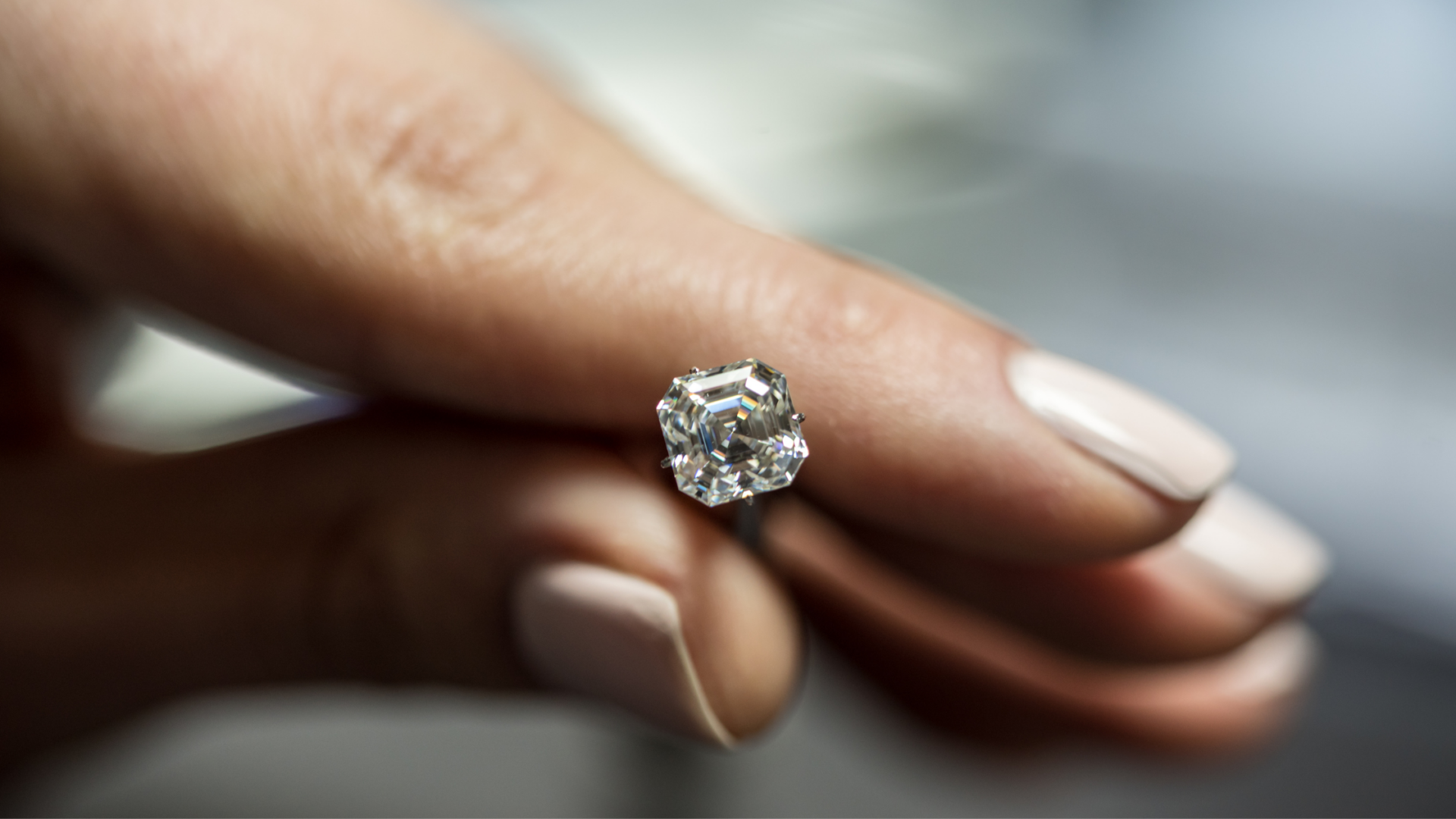PhillipSchmidt
Brilliant_Rock
- Joined
- Nov 26, 2004
- Messages
- 667
This is all I could find.
Iridium: A hard, brittle metal which is difficult to work mechanically, iridium is usually alloyed with platinum (with iridium being less than 20%). The alloy is then used in robust electrical contacts, precision resistance winding, and in jewelry, especially for setting diamonds. Alloys of iridium with osmium (osmiridium) and ruthenium are used extensively for making the tips of fountain pen nibs and other products of powder metallurgy. Iridium can be used in sensitive equipment where contact with mercury is necessary, as the metal is not ‘wetted’ by the liquid metal. The most corrosion-resistant of all elements, iridium is also used to make crucibles and high temperature lab equipment. Iridium sells for about 40% of the value of rhodium (making it about four time more expensive than gold).
Does anybody know of anyone who works with Iridium?
I know it makes a nice alloy for plat and is cheaper in polating rhodium, but can it be cast, or are there alloys which make it malliable?
Let me know, I am in the dark...

Iridium: A hard, brittle metal which is difficult to work mechanically, iridium is usually alloyed with platinum (with iridium being less than 20%). The alloy is then used in robust electrical contacts, precision resistance winding, and in jewelry, especially for setting diamonds. Alloys of iridium with osmium (osmiridium) and ruthenium are used extensively for making the tips of fountain pen nibs and other products of powder metallurgy. Iridium can be used in sensitive equipment where contact with mercury is necessary, as the metal is not ‘wetted’ by the liquid metal. The most corrosion-resistant of all elements, iridium is also used to make crucibles and high temperature lab equipment. Iridium sells for about 40% of the value of rhodium (making it about four time more expensive than gold).
Does anybody know of anyone who works with Iridium?
I know it makes a nice alloy for plat and is cheaper in polating rhodium, but can it be cast, or are there alloys which make it malliable?
Let me know, I am in the dark...










300x240.png)